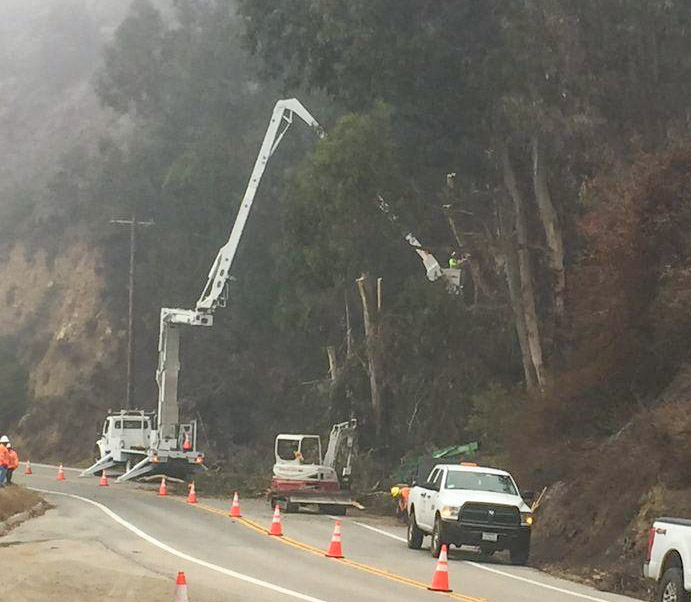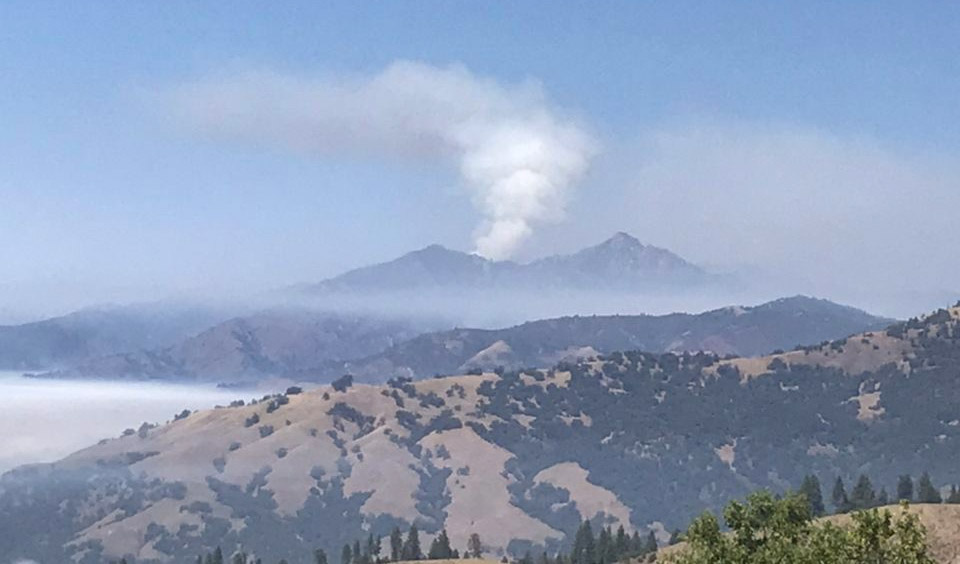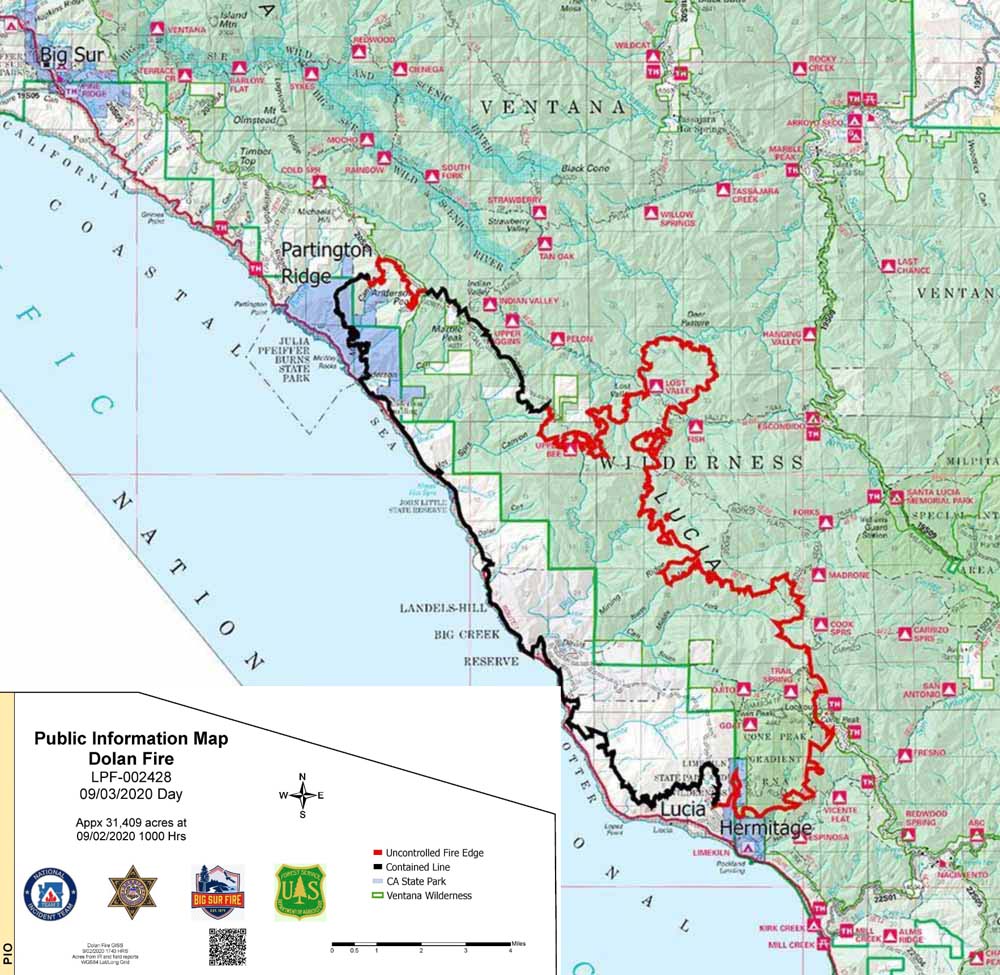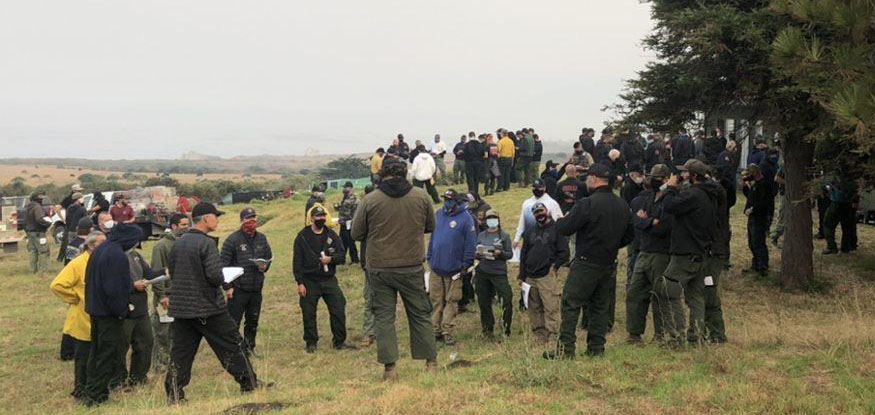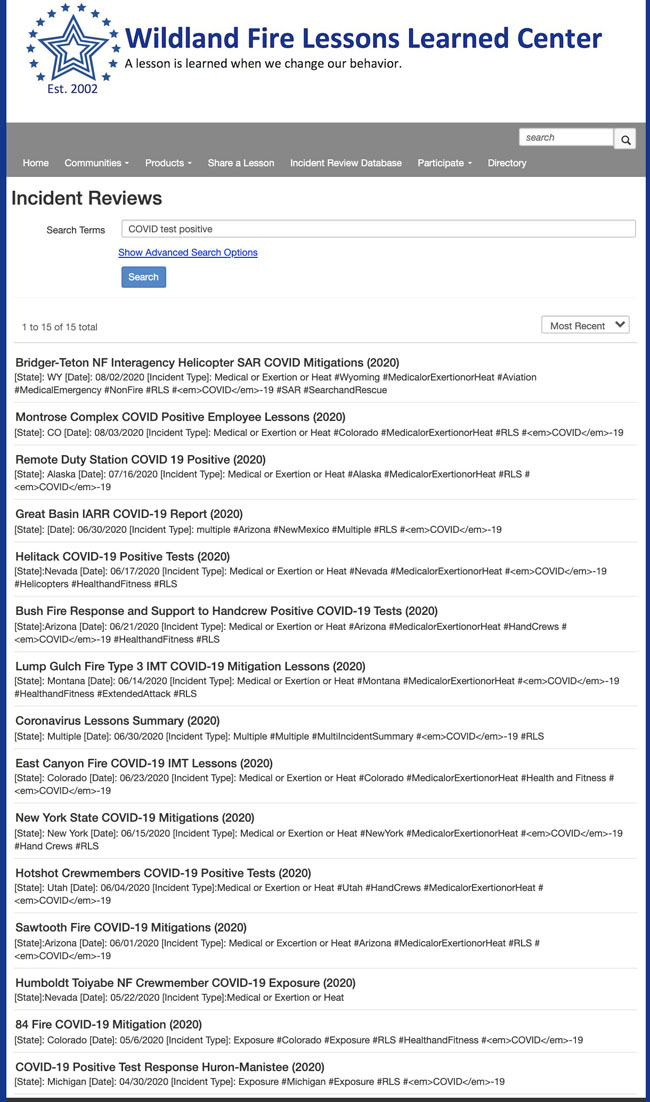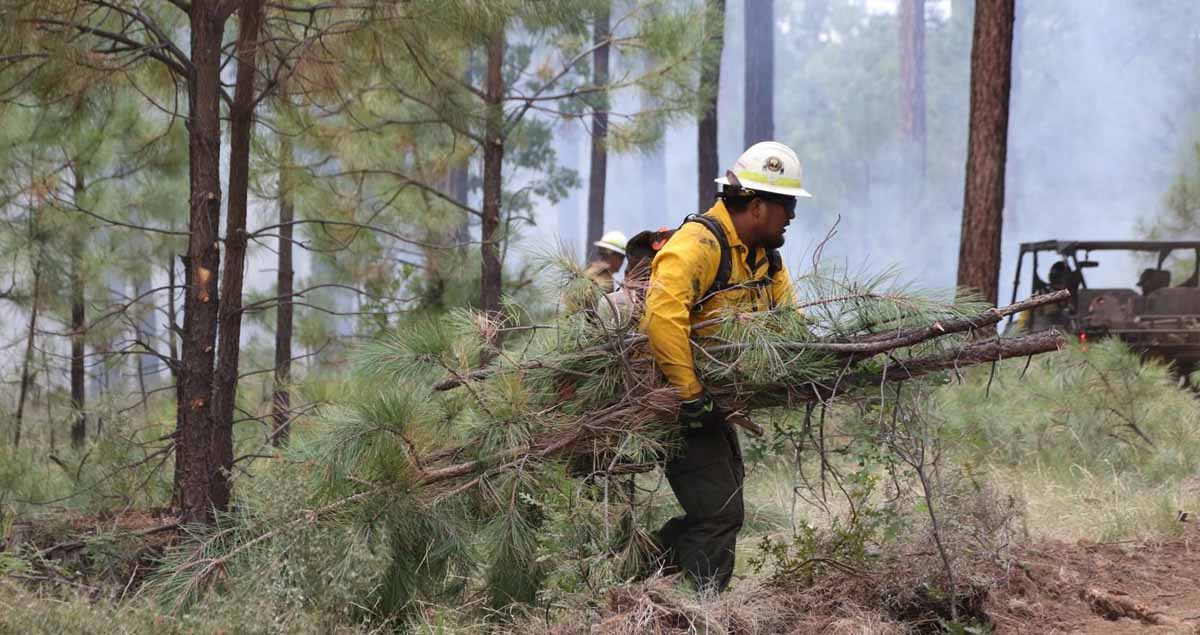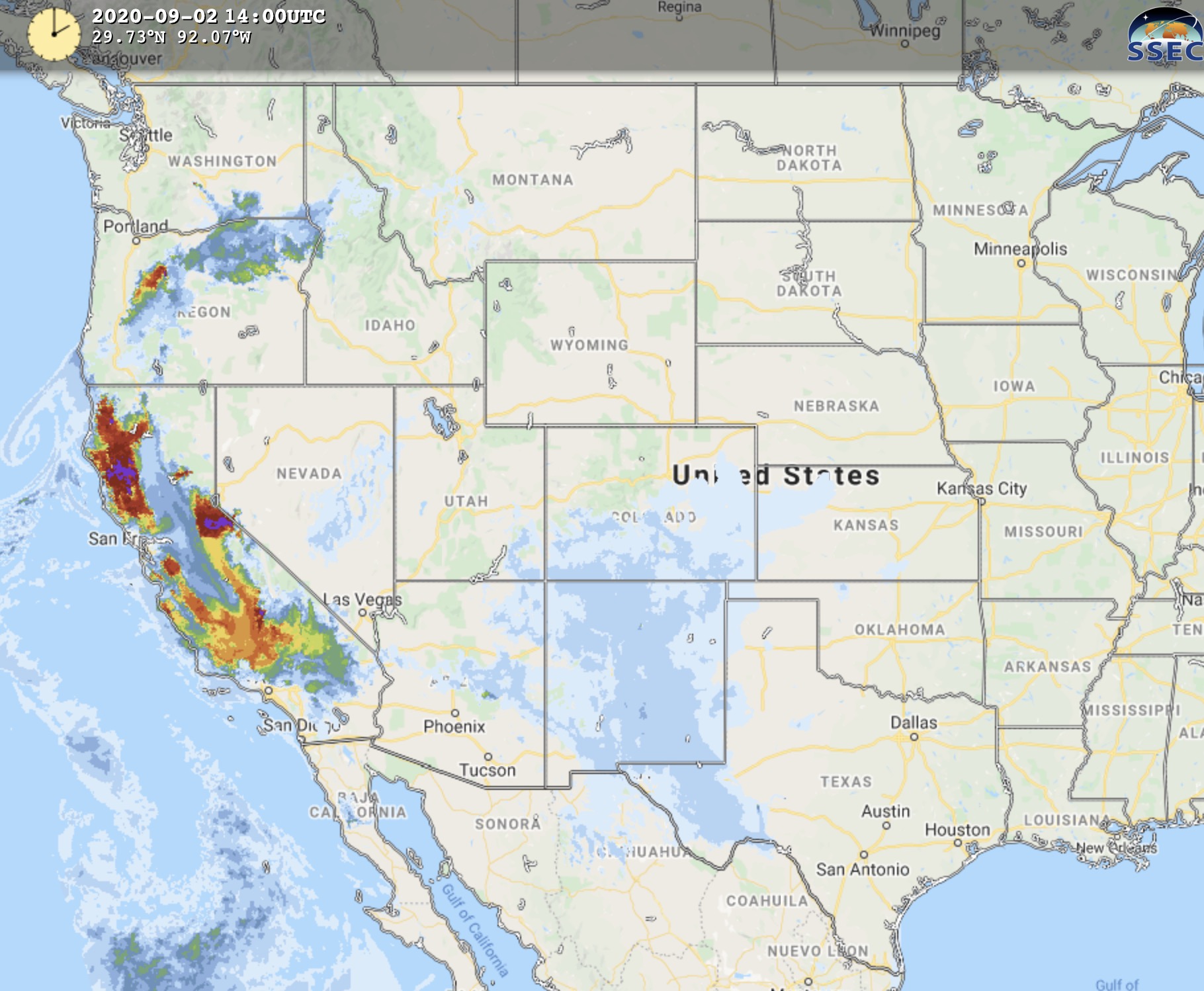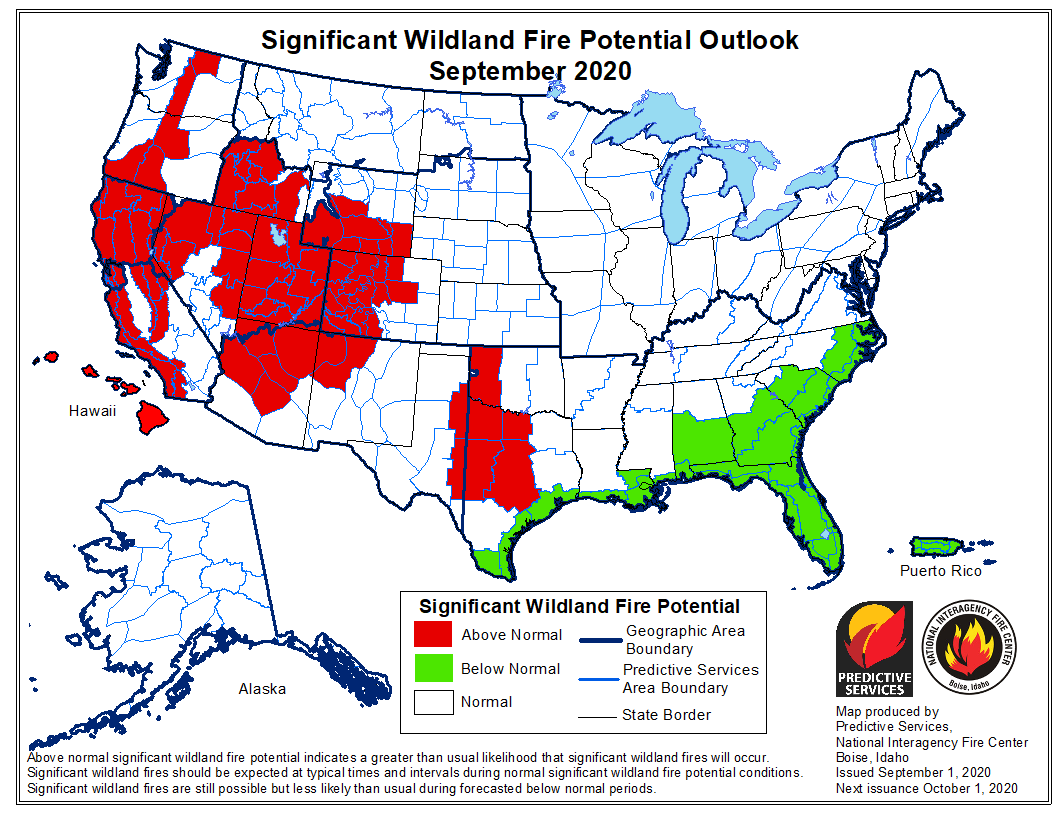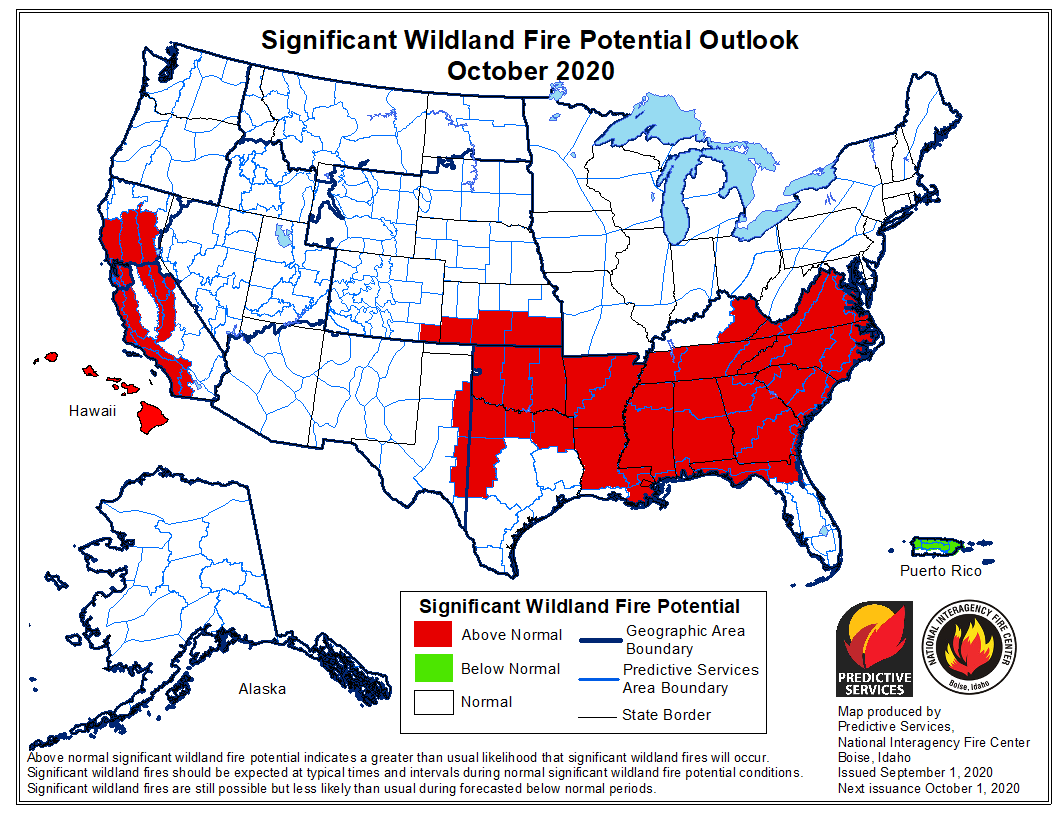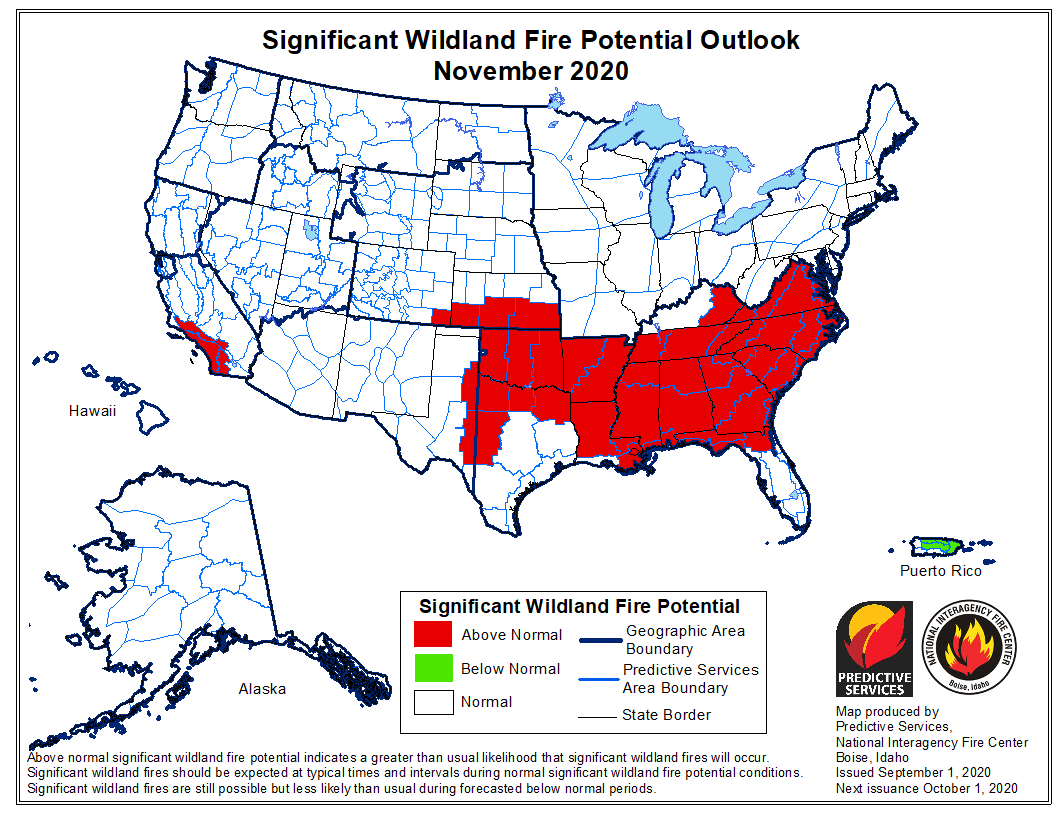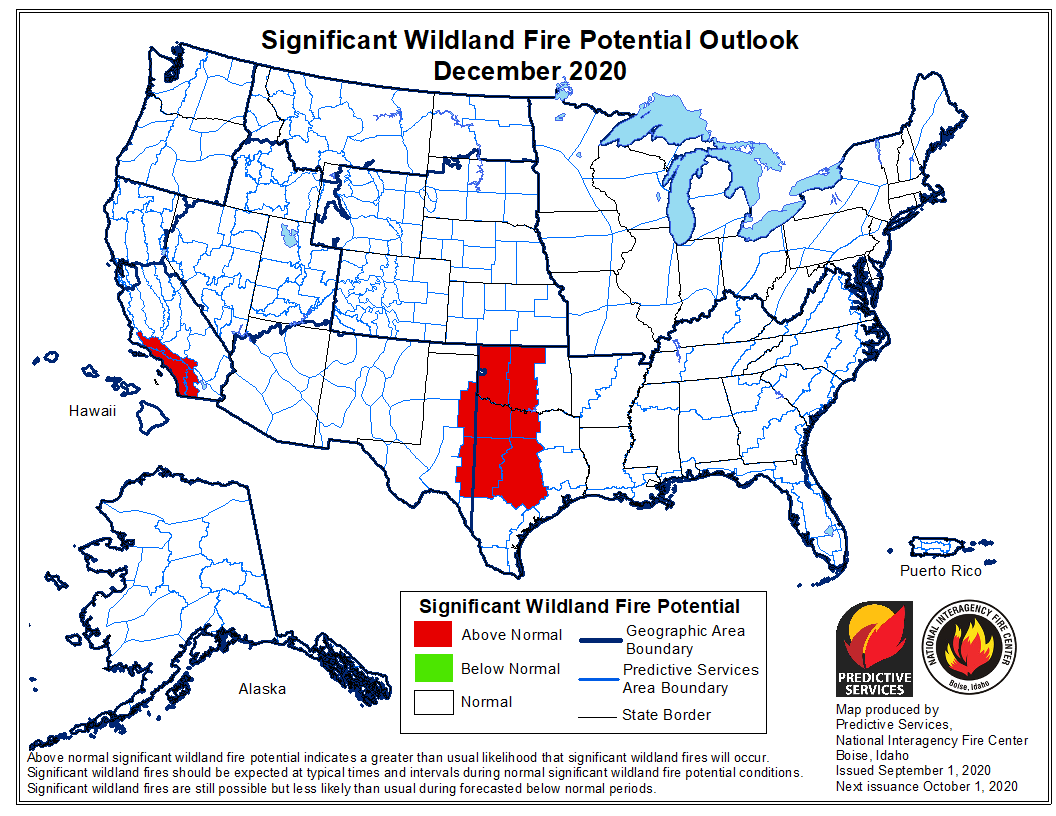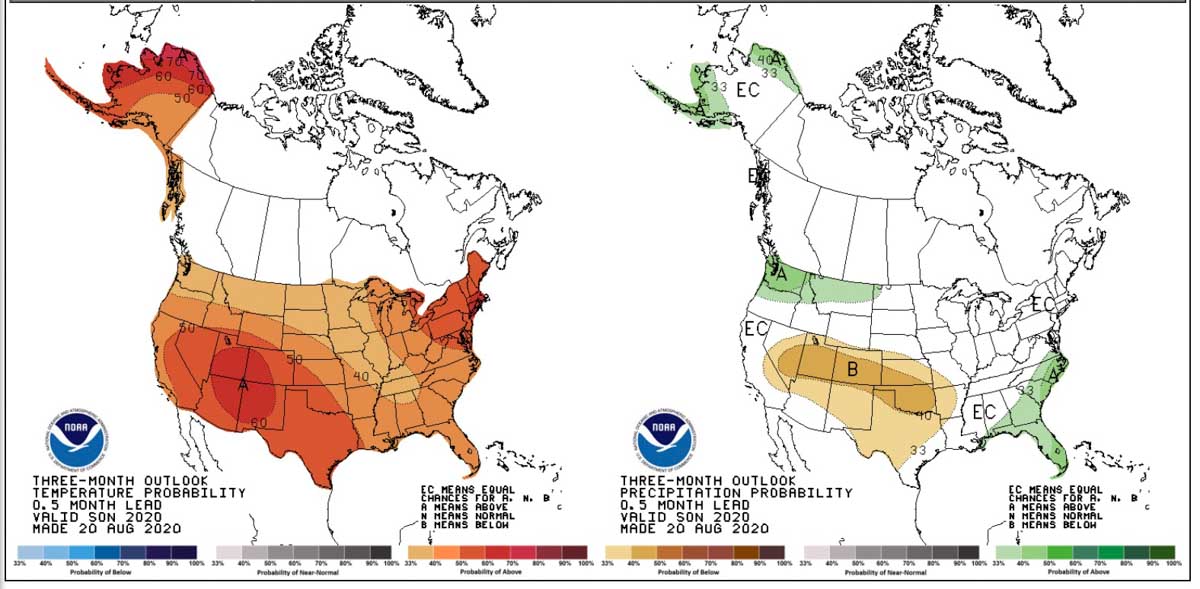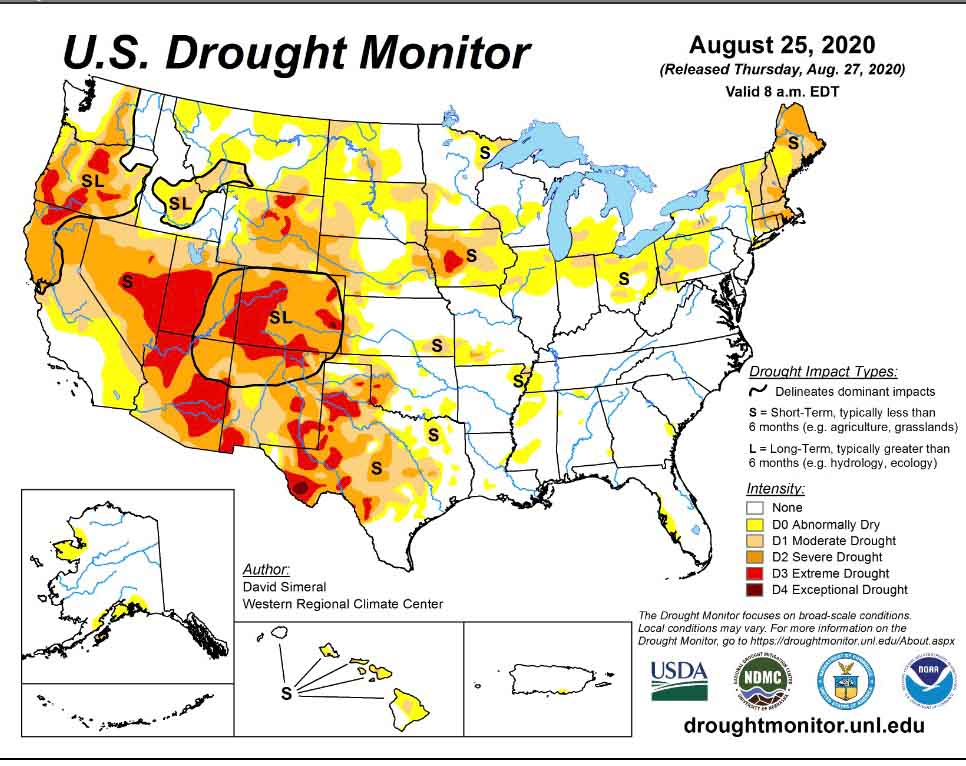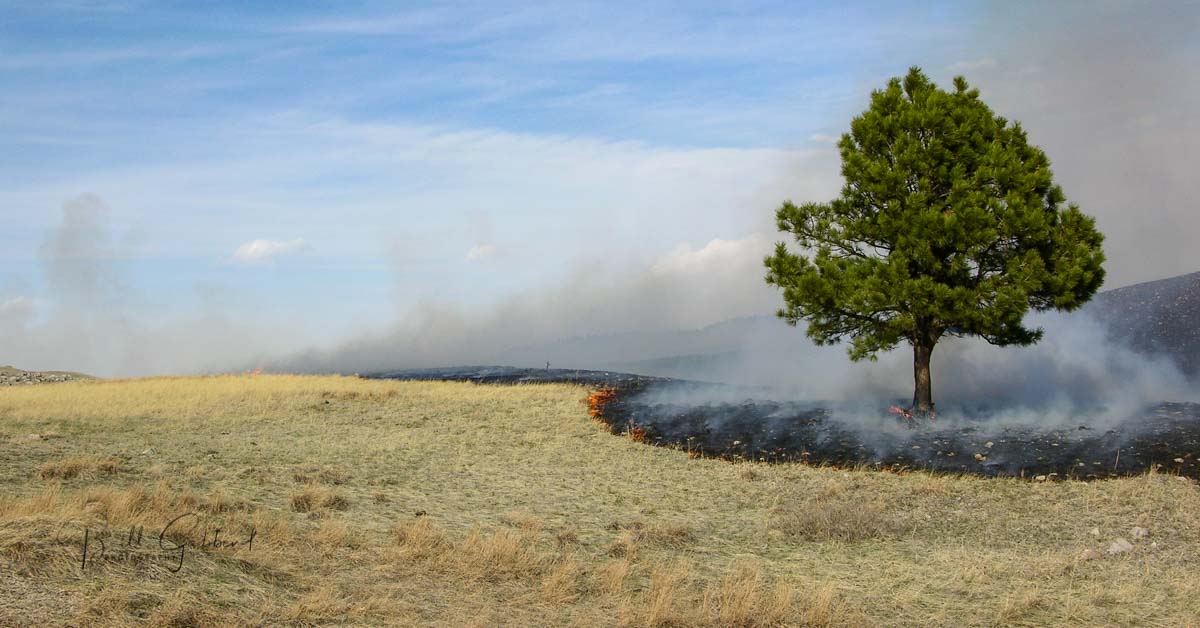
From research conducted by: Schultz, Courtney A. ; McCaffrey, Sarah M. ; Huber-Stearns, Heidi R. , 2019.
Despite broad recognition of its value, managers are not able to use prescribed fire at the levels necessary to improve landscape resiliency in the western United States. A better understanding of policy barriers and opportunities is therefore needed. Limited research suggests that a range of factors constrain prescribed fire implementation including narrow burn windows, air quality regulations, lack of adequate funding and personnel, and other environmental laws. Through interviews conducted in 11 western states, we investigated the degree to which these factors currently act as barriers and the strategies being used to overcome key barriers for prescribed fire application on United States Forest Service (USFS) and Bureau of Land Management (BLM) lands. We asked the following questions: (1) What are the most significant policy barriers to prescribed fire on USFS and BLM lands in the West? (2) What are potential opportunities and mechanisms for change?
The barriers to prescribed fire that were most frequently identified by our interviewees were lack of adequate capacity and funding, along with a need for greater leadership direction and incentives to apply prescribed fire. Interviewees emphasized that owing to a lack of incentives and the prevalence of risk aversion at multiple agency levels, active prescribed fire programs depend on the leadership and commitment of individual decision-makers and fire managers. Barriers related to policy requirements tended to be significant only in specific locations or situations, such as smoke regulations in the Pacific Northwest or protecting specific threatened and endangered species.
Our findings highlight the importance of contextualized investigation into policy barriers and the role of collaborative and multilevel governance approaches for addressing complex land management challenges. This research has broader implications for fire and natural hazard management. It is important in a complex governance system to continue to assess where barriers lie and how they can be addressed. Challenges will change over time, requiring a nuanced and ongoing contextual approach to understanding impediments to improving practice.
Key Findings
- Findings support previous survey work that found that capacity is a major limitation for applying prescribed fire. We found less support for previous findings that air quality regulation is consistently a significant barrier, except in specific locations.
- Interviewees emphasized that owing to a lack of incentives and the prevalence of risk aversion at multiple agency levels, active prescribed fire programs depend on the leadership and commitment of individual decision-makers and fire managers.
- Successful approaches rely on collaborative forums and positions that allow communication, problem solving, and resource sharing among federal and state partners, and that facilitate dialogue between air-quality regulators and land managers.
- Although not a focus in the present work, interviewees also discussed other barriers to burning, like drought conditions, short burn windows, and the presence of challenging landscape conditions, such as the presence of invasive cheat grass (Bromus tectorum), that limit their ability to conduct prescribed fire.
The findings above are based on:
Policy barriers and opportunities for prescribed fire application in the western United States
Schultz, Courtney A. ; McCaffrey, Sarah M. ; Huber-Stearns, Heidi R. , 2019

